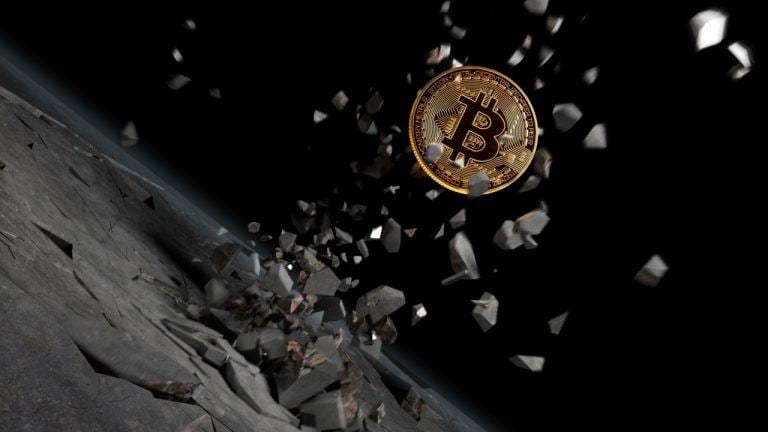Apple’s co-founder left 40 years ago today, but that was just the beginning of his story
Steve Wozniak helped co-found Apple, but he stepped away 40 years ago today. Yet he has continued to have a huge influence in the tech world ever since.

Apple co-founder Steve Wozniak seemingly had it all: surrounded by a successful company that he helped create and with more money to his name than he knew what to do with, to outside observers it must have all looked pretty sweet.
But Wozniak wasn’t happy at Apple — and 40 years ago today, he quit. That wasn’t the end of the road for the engineering whizz. Instead, he went on to start a set of highly consequential companies and organizations across multiple different disciplines, leaving a mark in a range of different industries.
Early days at Apple
 Matthew Pearce
Matthew PearceIf you’ve heard of Wozniak (or “Woz” for short), you probably know him from Apple, a company he started in 1976 alongside his friend Steve Jobs. The two famously started the company in Jobs’ parents’ home, creating many of their computers in the garage.
Woz was the main engineer of the duo, and he developed all the hardware (including the internal circuit boards) and the operating system of Apple’s first computer, the Apple I, entirely by himself. Woz and Jobs constructed the first batch of 50 computers themselves, and while the Apple I was fairly basic (it lacked a case, power supply, display, and keyboard), it proved to be surprisingly popular.
The firm’s next computer, the Apple II, was the first personal computer in the world that could display color graphics, and much of that was down to Wozniak’s engineering talent — not a bad feat for a guy in his twenties. Released just a year after Apple was founded, the Apple II was one of the first truly successful mass-produced PCs in the world.
 Tony Wills / Wikimedia
Tony Wills / WikimediaWozniak held a strong influence over Apple’s Macintosh project during its early days, but his work was interrupted when he crashed a small plane during take-off, putting him out of action for months. This time on the sidelines gave him time to reflect on his work and his time at Apple — and, perhaps, led to his decision to step away.
As the 1980s progressed and Woz recovered to health, he found the Apple II series was being gradually sidelined by Apple and its leadership. Given that he was deeply embedded in the Apple II division, the disrespect took on a personal angle.
At the same time, Woz was increasingly missing the old days at Apple, when his time was spent more on engineering than management. It was that desire to get more hands-on that ultimately led to him leaving the company.
Outsized influence
 Apple
Apple1985 was a consequential year for Apple, with Steve Jobs leaving the company in September. But before that, it was Woz’s turn, as he quit Apple on February 6, 1985. Well, “quit” might be a strong word, as he is still technically on Apple’s employee list to this day. But in 1985 he stepped down from day-to-day activities and left for greener pastures.
The decision was motivated by a desire to get back to “the fun of the early days,” Woz said — something that was apparently no longer possible at Apple. As well as that, he simply felt he was no longer needed at Apple as it expanded and took on younger talent.
His first project outside Apple was the creation of CL 9, a firm that developed the first programmable universal remote. It was the first of many ventures and projects that Woz took on: he started wireless GPS tech firm Wheels of Zeus (WOZ), founded the Silicon Valley Comic Con, spent time teaching elementary students, and created the online educational service Woz U.
 Apple
AppleIn 1990, he was also a co-founder of the Electronic Frontier Foundation (EFF), an organization that champions user privacy and defends civil liberties online. Given the tremendous risks to privacy apparent in the modern computing industry, with artificial intelligence and data brokers keeping a watch on your every move, its importance can’t be understated.
The same can be said for Wozniak’s contribution to the tech world. Apple — powered by his engineering prowess — was responsible for driving forward the personal computer, introducing breakthrough features like color displays, the graphical user interface, the mouse, and much more.
Yet he went on to continue his work after he left Apple, taking on the projects that drew his interest over the next four decades. In the end, his influence has lasted beyond the time he spent at the company he founded — and the one he left 40 years ago.

 Lynk
Lynk 






























